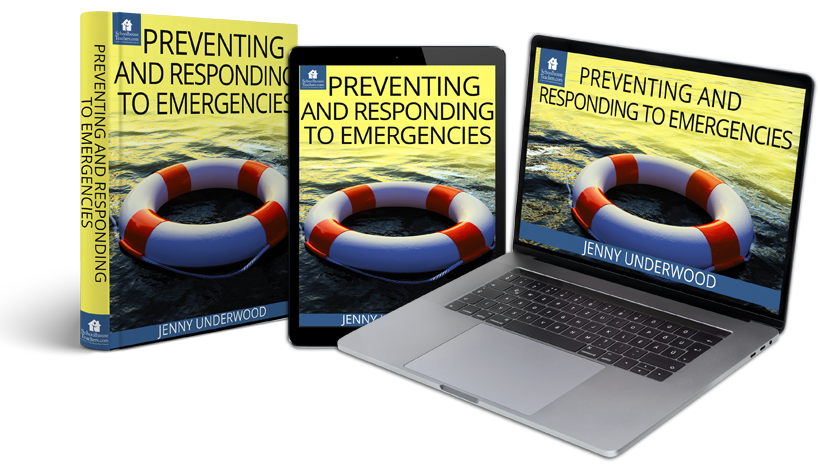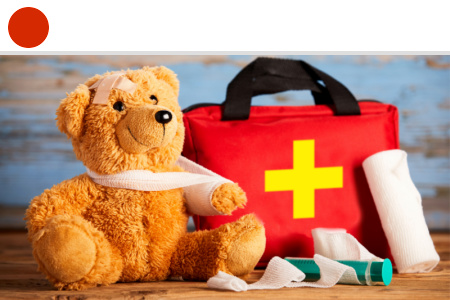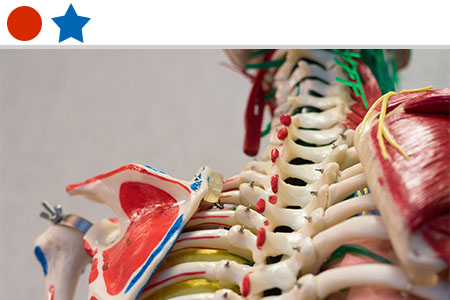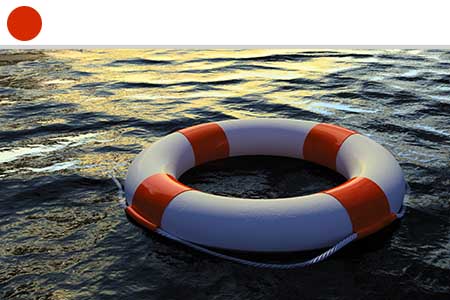Welcome to Our Preventing and Responding to Emergencies Homeschool Health and Fitness Curriculum
Is your family prepared for the unexpected? Do your children know what to do in case of an emergency? If not, this course is the perfect fit for your homeschool curriculum. In these nine lessons of Preventing and Responding to Emergencies, students will study common injuries and stressful situations while also learning helpful tips about how to prevent them.
Stay organized and confident in your homeschool journey with the Homeschool Records Center and Schoolhouse Gradebook. Simplify record keeping, track progress, create transcripts, and meet state requirements with printable tools and expert guidance—all in one convenient place.
External links may be included within the course content; they do not constitute an endorsement or an approval by SchoolhouseTeachers.com of any of the products, services, or opinions of the corporation, organization, or individual. Contact the external site for answers to questions regarding its content. Parents may wish to preview all links because third-party websites include ads that may change over time.
Para traducir cualquier página web, haz clic en los tres puntos o líneas en la esquina superior derecha de tu navegador, o haz clic aquí para más información.
Preventing and Responding to Emergencies
Length: 9 weeks
Includes: Printable lessons
Grades: 5–6
Jenny Underwood
Related Classes You May Enjoy
















